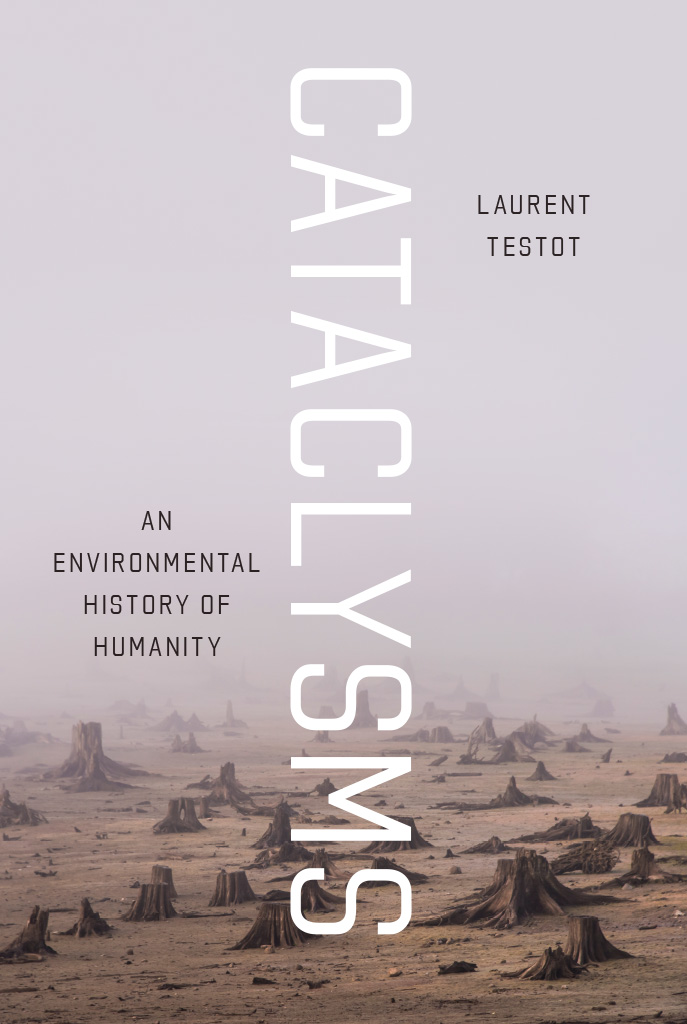
Cataclysms
Cataclysms
An Environmental History of Humanity
Laurent Testot
Translated by Katharine Throssell
The University of Chicago Press
CHICAGO & LONDON
The University of Chicago Press, Chicago 60637
The University of Chicago Press, Ltd., London
2020 by The University of Chicago
All rights reserved. No part of this book may be used or reproduced in any manner whatsoever without written permission, except in the case of brief quotations in critical articles and reviews. For more information, contact the University of Chicago Press, 1427 E. 60th St., Chicago, IL 60637.
Published 2020
Printed in the United States of America
29 28 27 26 25 24 23 22 21 20 1 2 3 4 5
ISBN-13: 978-0-226-60912-6 (cloth)
ISBN-13: 978-0-226-60926-3 (e-book)
DOI: https://doi.org/10.7208/chicago/9780226609263.001.0001
Originally published as Cataclysmes: Une histoire environnementale de lhumanit.
2017, Editions Payot & Rivages
Library of Congress Cataloging-in-Publication Data
Names: Testot, Laurent, author. | Throssell, Katharine, translator.
Title: Cataclysms : an environmental history of humanity / Laurent Testot ; translated by Katharine Throssell.
Other titles: Cataclysmes. English (Throssell)
Description: Chicago : University of Chicago Press, 2020. | Includes bibliographical references and index.
Identifiers: LCCN 2020018400 | ISBN 9780226609126 (cloth) | ISBN 9780226609263 (ebook)
Subjects: LCSH: Human ecologyHistory. | Human beingsEffect of environment onHistory. | NatureEffect of human beings onHistory.
Classification: LCC GF13 .T47 2020 | DDC 304.2/09dc23
LC record available at https://lccn.loc.gov/2020018400
 This paper meets the requirements of ANSI/NISO Z39.48-1992 (Permanence of Paper).
This paper meets the requirements of ANSI/NISO Z39.48-1992 (Permanence of Paper).
To Philippe Norel (19542014), for having led me into global history
Many thanks to Genevive Darles, for all her help in preparing the manuscript
Contents
This book first began to take shape as I was sitting on the edge of a hot volcanic pool near Yamanouchi, a village deep in the Japanese Alps. At first sight the place seems idyllic if you overlook its theme parklike name, Jigokudani, meaning Hell Valley. Perhaps you already know of this park and the Japanese snow monkeys who live there, now immortalized in numerous documentaries and photographs. The pool is where the monkeys bathe. Once, bathing might have been a perfectly spontaneous event for them, but these simian ablutions have become a boon for tourism. So now the snow monkeys are gently encouraged to take a dip.
I arrive early in the afternoon. Some young monkeys are playing. They dive into the water, swimming and squabbling. The biggest one delights in dunking the smaller ones under the watchful but sporadic gaze of a few adults until the game goes too far and an older female intervenes with a growl and a smack. It could almost be a human* kindergarten. The monkeys hold the visitors gaze, their eyes heavy with all the emotions we normally think of as reserved for our own kind.
Tourist photos of this place are ubiquitous but misleading. They are generally taken in winter, in the snow, with the monkeys huddled together in the hot water while a tempest rages. They hint at a place lost in time, inaccessible, in the depths of a lost valley. It seems so natural.
In reality, the snow falls on concrete. The pool was artificially built in an easy-to-access locationeasy, that is, if the gaijin (foreigner) has mastered the subtle dance of Japanese driving. It is only a ten-minute walk from the parking lot up to the house of the parks guards, where a small fee will grant you entry to the gorge that leads to the pool.
Two hundred monkeys live here. A peaceful tribe. The afternoon stretches out, marked only by the cavorting of the young ones. At the end of the day, it becomes clear why they stay by the pool. Two employees appear carrying a large crate of apples. The macaques converge on them, organizing themselves in concentric circles. A few punches are thrown. A large male moves forward, insistent, toward the humans.
He will be the first to be fed, but not without also being served a reminder that he is inferior to his feeders. The two employees reinforce the group hierarchy and impose themselves as superior while also ensuring that no one is forgotten. They throw the apples violently, like baseballs, smashing them on the rocks and on the concrete. The monkeys run in all directions. Some jump into the water. The dominants gobble down the fruit while the subordinates fight for the scraps.
The sun is setting. The monkeys are also going, climbing up the cliffs. This is nature, Japanese style. There is no overt trace of human intervention, yet it is totally artificial, anthropized,* shaped entirely by human hands. It is a striking analogy for our planet today.
The Saga of Monkey*
This book is like a film. It relates how humans have progressively transformed the planet, creating peaceful places and urban hells. It also recounts how nature, distorted, has retaliated: in return for the metamorphoses it has been subjected to, it has reshaped humans bodies and minds.
It is blockbuster material. The narrative covers three million years, conservatively speaking. Of course, given just a few hundred pages, we will be staging key scenes and focusing on pivotal stories. And we have cast some actors to bring this planetary drama to life.
The main character is Monkey, because of all the animals, he is the closest to us. We are, after all, naked apes. The figure of Monkey provides a condensed vision of humanity* as a whole. He is also a major mythological character in both China and India, two of the most historically important cultures on the planet.
In China, Monkey, known as Sun Wukong, is the protagonist in Journey to the West, a picaresque sixteenth-century novel that is more popular in China than its Western equivalentsPantagruel, Gargantua, Gullivers Travelsare in Europe. Journey to the West has two parts. The first puts Monkey center stage. He is a peasant among supernatural beings, destined to embody the underdog, a rube who must live in the shadows, a stable boy to the gods. But Monkey has a cunning mind. He tricks his way into learning sorcery and steals a magic sword from the Dragon King. Something like a Star Wars light saber, this 6-meter (20-foot) iron bar can be shrunk to the size of an embroidery needle. Monkey breaks into the Heavenly Peach Garden, whose peaches bestow everlasting life, and eats them all. Furious that the secret of immortality has been lost, the gods send their most powerful armies to punish the thief. But to no avail. Monkey cannot be captured; the heavenly peaches have given him astronomical power, and he gives a good beating to any immortal who comes near.
Only the intervention of Buddha puts an end to Monkeys antics. As punishment for his wanton ways, Buddha orders him to be the bodyguard for a young monk who is traveling into the West (to India) to revive the sacred word of Buddhism at its source. Overcome with remorse, Monkey accepts. This pilgrimage constitutes the second part of the book, which is just as rich in social satire and fantastical battles as the first. At the service of pious humanity, Monkey and his companions strike down all the chimerical forces that nature throws in their path.
In India, Monkey takes the form of Hanuman, King of the Monkeys. He has enormous strength and can lift mountains and leap as far as Sri Lanka in a single bound. In the epic poem
Next page
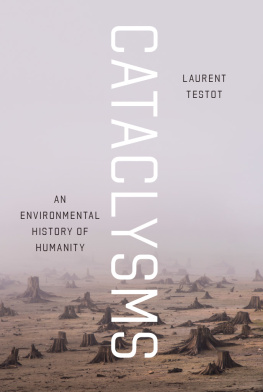
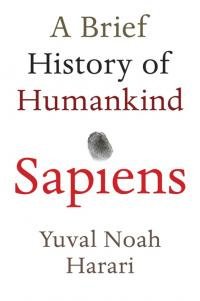
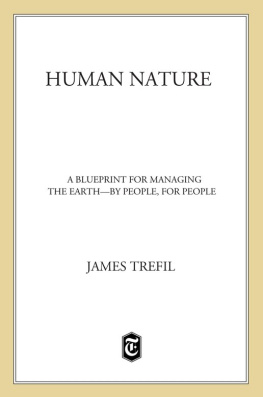



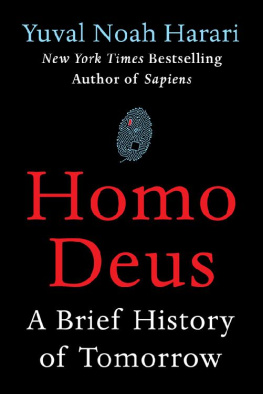
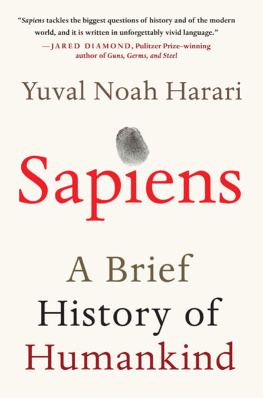

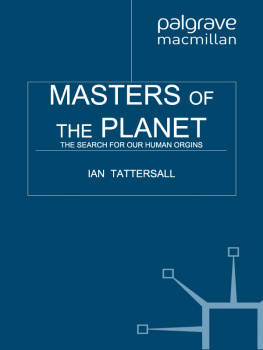

 This paper meets the requirements of ANSI/NISO Z39.48-1992 (Permanence of Paper).
This paper meets the requirements of ANSI/NISO Z39.48-1992 (Permanence of Paper).